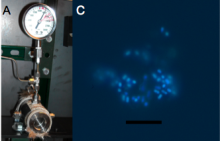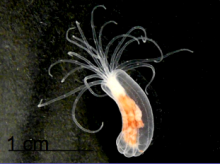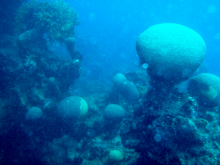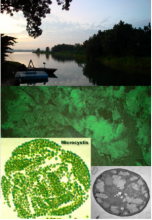Coral reefs provide critical ecosystem services including supporting fisheries, nutrient cycling, sand production, shoreline protection, and tourism. However, many global coral species face risk of extinction in the coming century due to habitat destruction and the emergence of coral diseases. A coral colony is inhabited by a diverse microbial community including symbiotic algae, bacteria, archea and viruses, which along with the coral animal makes up what is known as the "coral holobiont". It has been hypothesized that the algal and microbial components of this holobiont may form an ecosystem within the coral that supports its health. Breakdown of the balance of this internal ecosystem may contribute to the emergence of coral disease. Through characterization of coral-associated microbial communities we are working to better understand the diveristy, dynamics, and interactions between components of the coral holobiont during periods of coral health, stress and disease. We hope that improved knowledge of the dynamics and drivers of this internal ecosystem will enable better prediction of coral response to anthropogenic stressors and enable better management of these important global resources




